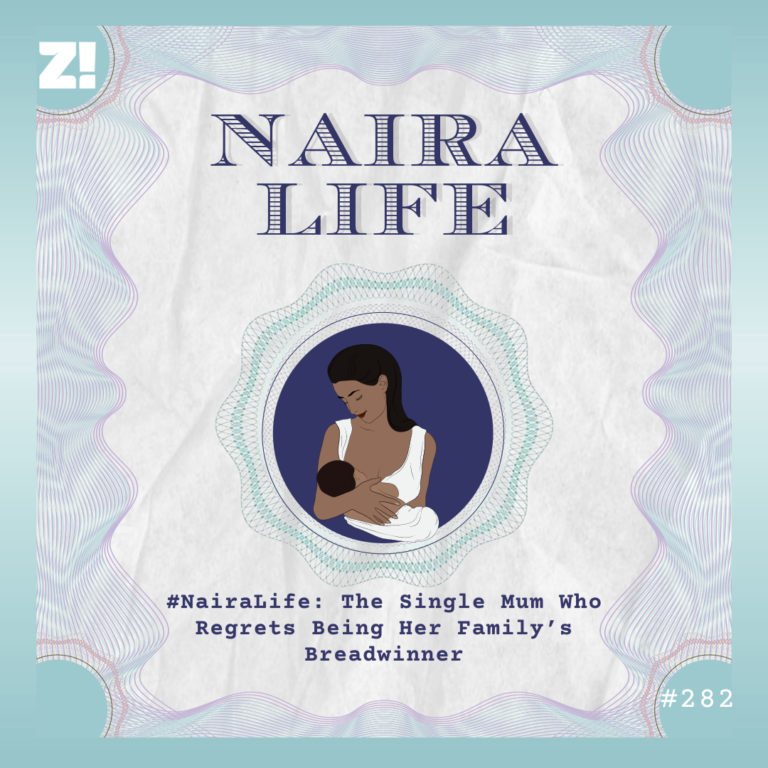YouTube is a different world. What other channel allows you to study a full-on degree right there on the site and gives you mad laughs at the same time?
Funny accents aside, you can’t deny there’s mad money to be made on the social platform. In an economy which has its currency fighting for its life, more people are seeking ways to make money online, and YouTube is one such legitimate avenue.
We spoke to Eric Okafor, AKA Knewkeed, a YouTuber who specialises in tech reviews, and he shared pointers on how to get that YouTube money.
First of all, have a niche
Don’t just create a YouTube channel for the sake of it. People will watch your videos and come to your channel because you’re providing something specific, solving a problem and creating value.
Starting YouTube without a niche will force you to rely on your personality outside of YouTube. This might work if you have the right vibes or are already well-known because of your lifestyle. In this case, people come to you because you pass a vibe check. Of course, this won’t work for everybody. So, find something you’re super passionate about, and say what you have to say in your voice.
Small note, though: Having a niche doesn’t mean you’d be the first to do something in that line. Others will have done it, but what’ll help you stand out is your unique way of delivering the content. Do you, boo.
RELATED: In Just Two Years, This UI/UX Designer’s Income Has Gone From ₦120k to Over ₦3m
Pay attention to the algorithm
Many people assume YouTube is exclusive to big-shot production companies, or professional content creators who can afford excellent production or sound quality. It’s not.
In fact, Youtube is moving rapidly to Shorts — short-form video content typically shot with mobile phones — and it’s all the rage now.
Understand your audience
Yes, the algorithm favours YouTube Shorts more now, but for someone just starting out on YouTube, you’ll need to find out what your audience wants before churning out any type of content.
For a particular niche, your audience may prefer long-form videos.
Interestingly, long-form content is more likely to get you a hard-core audience who’ll actually get to know you.
Get into the YouTube Partner Program
To get monetised on YouTube, you need to hold consistency tight.
Hold it oo
The YouTube Partner Program specifies that long-form content creators need to have at least 4,000 watch hours and 1,000 subscribers before they can get paid for their content.
YouTube will monetise short-form content (AKA YouTube Shorts) around January or February 2023, and you’ll need about 10 million views in the last three months to qualify. It sounds like a lot, but a tip is to choose one of your video content that people like, then cut it into bite-sized content and share one at a time to keep people expectant.
You can always check your analytics to keep track of how many watch hours you need to complete and the needed subscriber count to get there.
Start getting paid
Once you cross the requirement hurdle, you start getting paid for the ads run in your videos. PS: You’ll still get ads in your videos before you’re monetised. You just won’t get paid for them.
You say what?
Once monetised, the amount paid per ad differs based on the party pushing out the ad, whether your subscribers watch the ad to the end or click a link.
To receive your money, you’ll be required to fill out a form with your naira or dollar account details and fix a threshold for when you want your money to be sent to you. The least threshold is about $100, so you won’t get paid until your earnings accumulate into that amount. It’s quite straightforward.
There’s tax on it, though, if you have people watching from the United States. You’ll fill out something called a W-8 tax form, and they typically take out 38-40% of your monetised US playback.
Other ways to get your YouTube bag
Super Likes and Super Thanks
YouTube is doing this new thing where viewers can show they really enjoy your content by giving a Super Like or Super Thanks. They do this by buying a fun animation to make their comments stand out on the creator’s page, and YouTube gives the creator a revenue percentage (around 70%).
Brand sponsorships
Once you’ve cracked viewer engagement and show up every day, brands will notice you, and this is a major revenue stream. Brands that advertise on YouTube most likely have a lot of money to spend, so secure that bag.
Membership
You can also get your subscribers to become paid members in return for exclusive access to premium content. Of course, you’ll need to have a fully engaged audience for this to work.
Don’t forget merch
Multiple websites allow creators to design and sell merch, giving these creators a cut of the generated revenue. Now, though, people just create their own websites to maximise profit.
Learn, learn and learn some more
At the end of the day, almost every content creator is self-taught. You have to be deliberate about learning. Make YouTube your number-one resource for learning how to make your channel work. If you’d rather pay to be a pro at your craft, it’s much better to seek out those who’ve made a name for themselves on the very platform — in this case, YouTube — you want to succeed in.
You may get offers from Multi-Channel Networks (MCN) to help you grow your channel — and get a revenue share — but I haven’t found them to be very useful. Some other creators have said the same thing. So, if MCN comes, make sure to read between the lines and enter with your eyes wide open.




